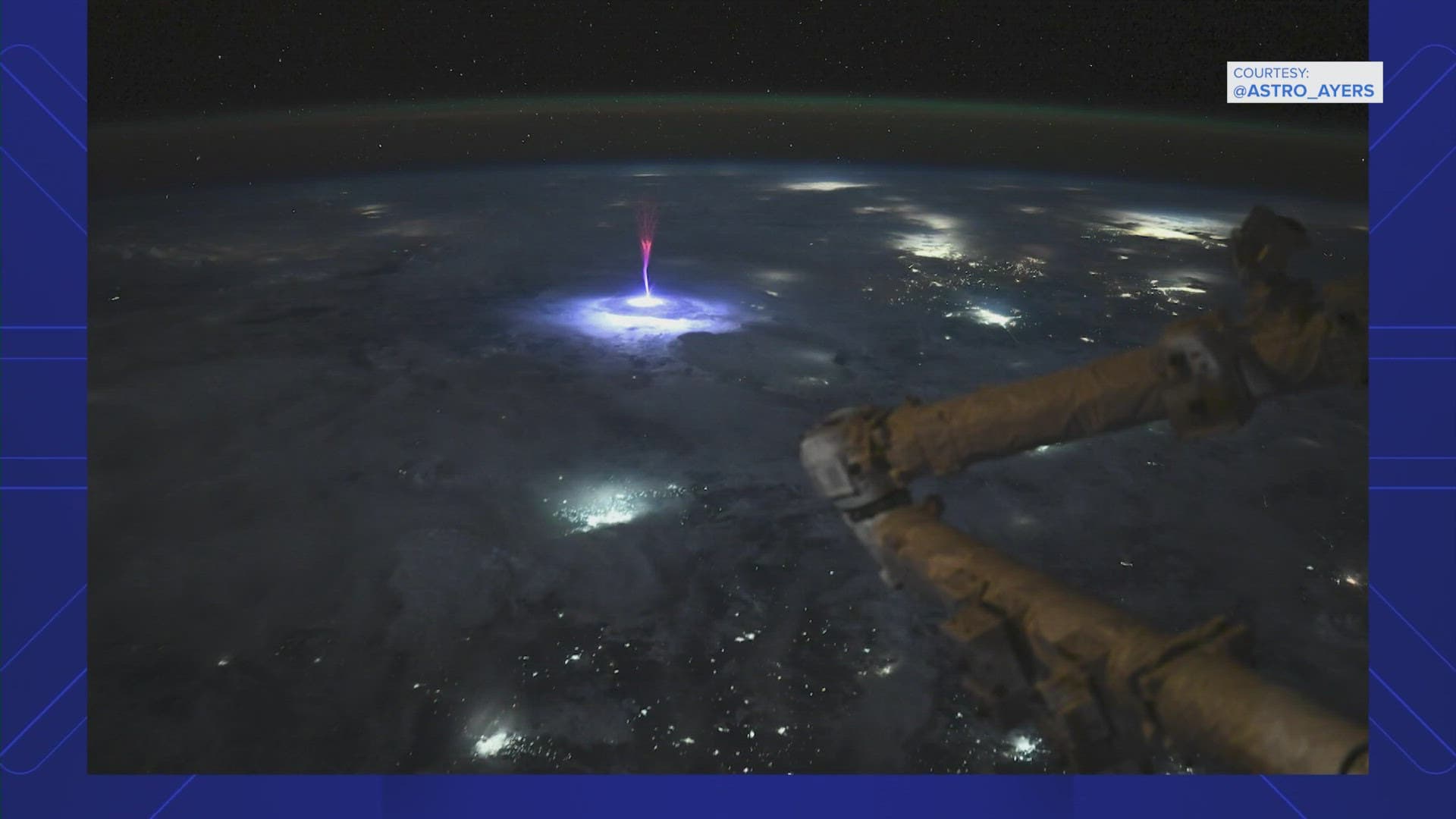Astronaut Nichole Ayers' Rare Sprite Capture from ISS Advances TLE Research

NASA Astronaut Nichole “Vapor” Ayers recently captured a rare atmospheric phenomenon known as a "sprite" while the International Space Station (ISS) passed over Mexico and the United States. The observation, shared by Ayers on social media, provides invaluable data for scientists studying Transient Luminous Events (TLEs) and their complex relationship with thunderstorms. This unique perspective from orbit significantly enhances the understanding of these elusive electrical discharges.
Sprites are a type of TLE, characterized as brief, large-scale electrical discharges that occur high above the clouds, triggered by intense electrical activity within thunderstorms below. These phenomena are typically red in color and last only a fraction of a second, making them exceptionally difficult to observe from the ground. The ISS, orbiting approximately 250 miles above Earth, offers an unparalleled vantage point for documenting such fleeting events.
The scientific community highly values these observations, as they contribute to a deeper understanding of sprite formation, characteristics, and their direct connection to underlying thunderstorms. As Ayers stated in her tweet, > "Sprites are TLEs or Transient Luminous Events, that happen above the clouds and are triggered by intense electrical activity in the thunderstorms below. We have a great view above the clouds, so scientists can use these types of pictures to better understand the formation, characteristics, and relationship of TLEs to thunderstorms." Such imagery helps researchers unravel the mysteries of Earth's upper atmosphere.
Lieutenant Colonel Nichole Ayers, a U.S. Air Force pilot and NASA astronaut, is currently serving aboard the ISS as part of NASA’s SpaceX Crew-10 mission. The mission, which launched in March 2025, is dedicated to conducting extensive scientific research, technology demonstrations, and station maintenance. Ayers' capture of the sprite underscores the critical role astronauts play in contributing to atmospheric science and Earth observation from the orbital laboratory.